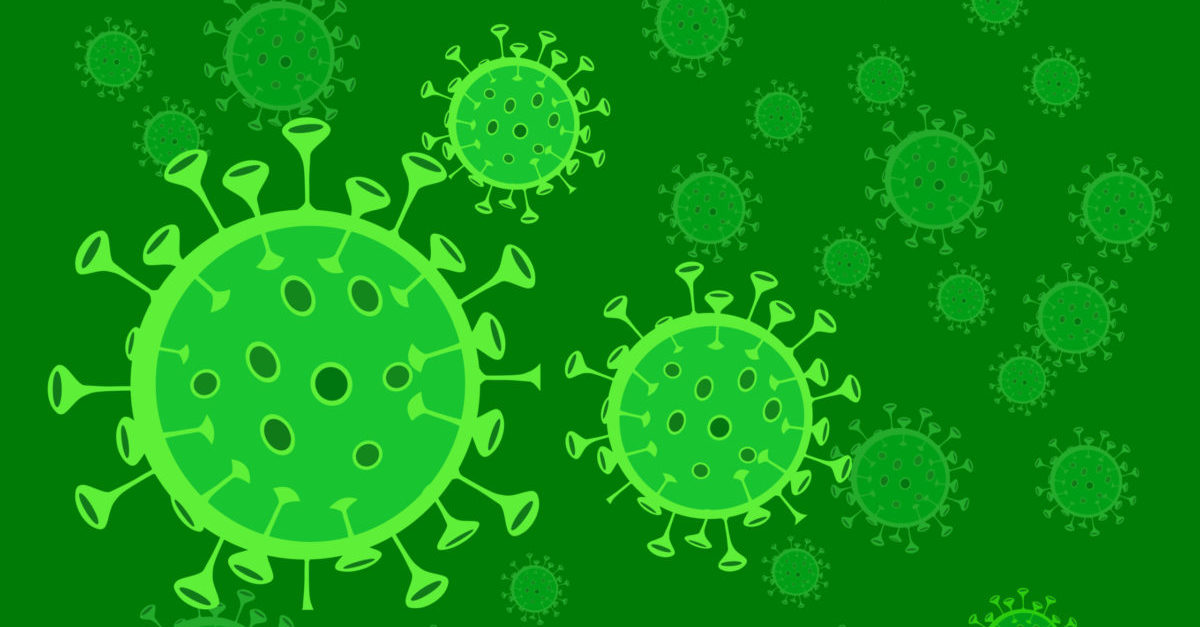
Fungus is present in all our surroundings and in the air we breathe. Most people with an intact immune system do not react to the presence of fungus in the nasal cavity and/or sinuses. However, some people will have an inflammatory reaction to the presence of fungus in the nose and sinuses. Fungal sinusitis can manifest in various forms, differing in pathology, symptoms, course, severity and the treatment required. It is broadly classified into invasive and non-invasive types.
Non-Invasive Fungal Sinusitis
- Fungus ball
- Allergic fungal sinusitis
- Non-allergic fungal sinusitis
Invasive Fungal Sinusitis
- Acute invasive fungal sinusitis
- Chronic invasive fungal sinusitis
- Granulomatous invasive fungal sinusitis
Non-Invasive Fungal Sinusitis:
Fungus Ball: This is a non-invasive form of fungal sinusitis. In essence, there is an overgrowth of fungal elements in the sinuses. Most commonly molds such as Aspergillus are responsible. The most commonly involved sinuses are the maxillary and the sphenoid sinuses, where the fungus finds a dark, warm, moist spot favorable for growth. Sometimes, bacteria can cause super- infection in the sinus affected by the fungus ball. Typically, only a single sinus is involved, and the disease has a classic appearance on CT or MRI scans. Treatment involves removal of the fungus ball through endoscopic sinus surgery. Usually a peanut-butter like appearance of the fungal ball mucin is noted. Most patients have excellent results from surgery, and may not require any further treatment.
Allergic Fungal Sinusitis (AFS): Patients with allergy to certain fungi may develop allergic fungal sinusitis. The presence of fungus in the sinuses elicits an allergic response, resulting in production of allergic mucin and nasal polyps. Usually, the disease affects more than one sinus on one side. However, all sinuses on both sides may be involved in severe cases. Patients have a typical appearance on nasal endoscopy with the presence of allergic mucin and inflammatory polyps. Allergy testing to fungi is positive. Sinus CT scans also have a typical appearance. Tissue examination under the microscope shows allergic mucin containing fungal elements without tissue invasion. Treatment involves endoscopic sinus surgery to clear polyps and allergic mucin, and to restore the ventilation and drainage of sinuses. This has to be combined with aggressive medical therapy with corticosteroids which can be used nasally and/ or systemically. Patients may also benefit from treatment of allergy with immunotherapy and antihistamines. Anti-fungal treatment is usually not required, as it is the reaction to the fungus that needs to be modulated. However, in severe recurrent disease, anti-fungal therapy may be needed.
Non-allergic fungal sinusitis: In some instances, mucin and fungus may be identified in patients with sinusitis in the absence of any allergy to fungus. Fungus may also be found in the sinuses of patients that have had previous surgery. Whether these fungi are innocent bystanders or are the cause of sinus disease is currently under investigation and a subject of great debate.
Invasive Fungal Sinusitis:
Acute Invasive Fungal Sinusitis: This is the most dangerous and life-threatening form of fungal sinusitis. Fortunately, it is very rare, and usually afflicts severely immunocompromised patients. These include patients with depressed immunity such as those with leukemia, aplastic anemia, uncontrolled diabetes mellitus, and hemochromatosis. Patients undergoing anti-cancer chemotherapy or organ/ bone-marrow transplantation are especially susceptible. Aspergillus or members of the class Zygomycetes (Mucor, Rhizopus) are the most frequent causative agents. The disease has an aggressive course, with fungus rapidly growing through sinus tissue and bone to extend into the surrounding areas of the brain and eye. Endoscopically, areas of dead tissue and eschar are noted. Microscopic examination shows invasion of blood vessels by the fungus, causing tissue to die. Treatment involves a combination of aggressive surgical and medical therapy. Repeated surgery may be necessary to serially remove all dead tissue. Medications such as anti-fungal drugs and those that help restore the immune status of the patient are key to improving survival, as this disease is frequently fatal.
Chronic invasive fungal sinus: Unlike acute invasive fungal sinusitis whose typical course is less than 4 weeks, chronic invasive fungal sinusitis is a slower destructive process. The disease causes rare vascular invasion, sparse inflammatory reaction and limited involvement of surrounding structures. It is usually seen in patients with AIDS, diabetes mellitus or chronic corticosteroid treatment. The disease most commonly affects the ethmoid and sphenoid sinuses, but may involve any sinus. The typical time course of the disease is over 3 months. Tissue cultures show fungus in over half the patient, and Aspergillus fumigatus is the most commonly grown fungus. Treatment comprises of surgery in combination with medical therapy (anti-fungal drugs and measures to restore the patient’s immune system).
Granulomatous invasive fungal sinusitis: This form of fungal sinusitis is rare in the United States. It is usually seen in patients from Sudan, India, Pakistan and Saudi Arabia. Patients have normal immune status. The disease has a relatively slow time course over 3 months, and patients present with an enlarging mass in the cheek, orbit, nose, and sinuses. Microscopically, it is characterized by formation of granulomas, and this differentiates it from chronic invasive fungal sinusitis. Aspergillus flavus is usually the causative organism. Treatment may involve surgery in combination with antifungal agents.
Conclusion:
There are many forms of fungal sinusitis. A complete evaluation by your rhinologist will help to determine if you have a form of fungal sinusitis and how it needs to be treated, as some forms of fungal sinusitis have distinctly different medical and surgical treat

